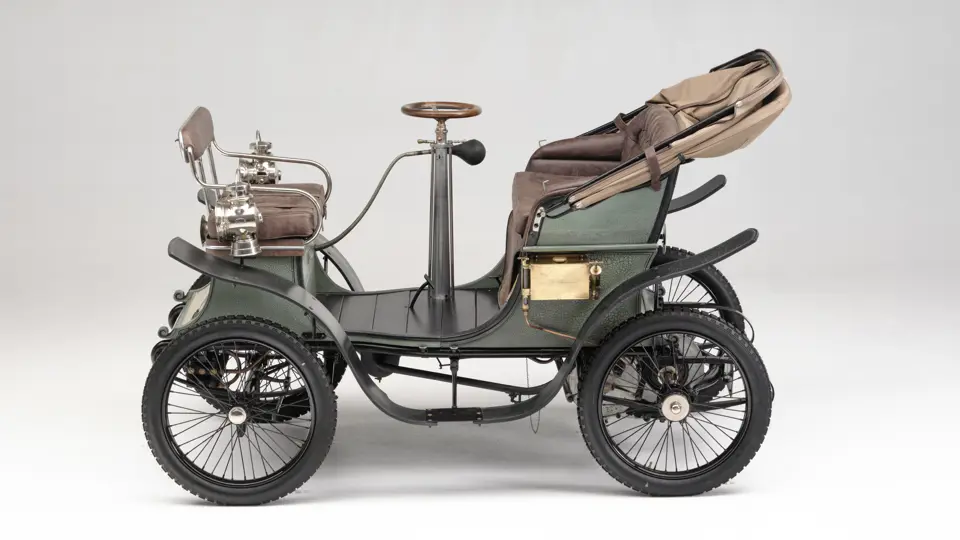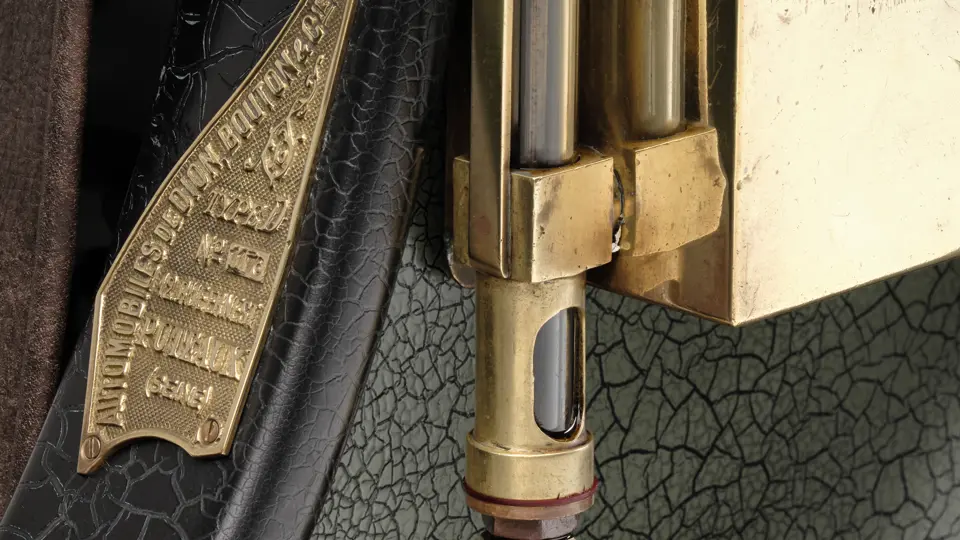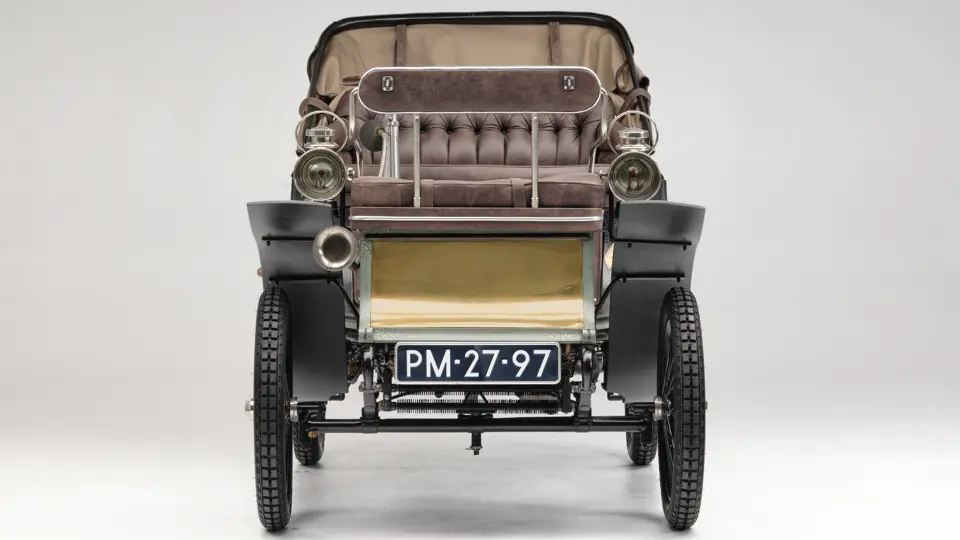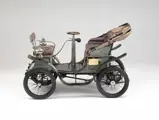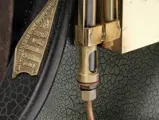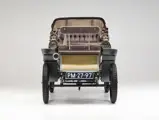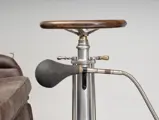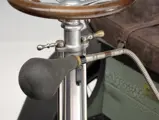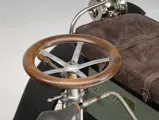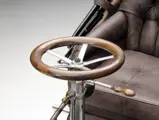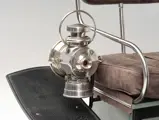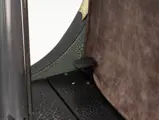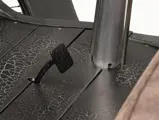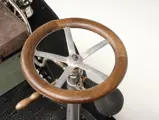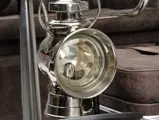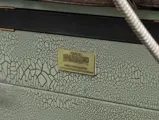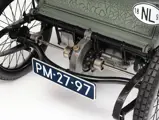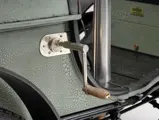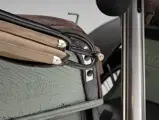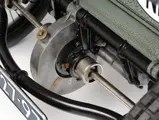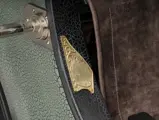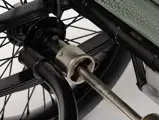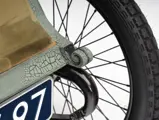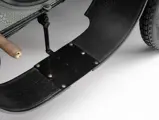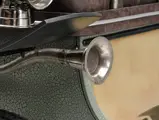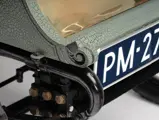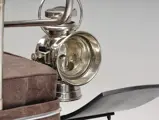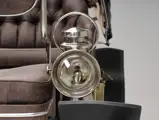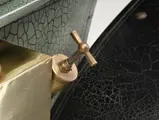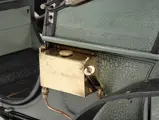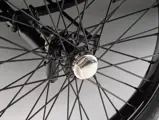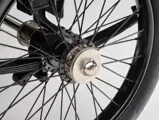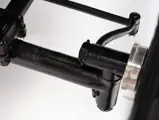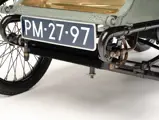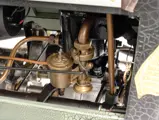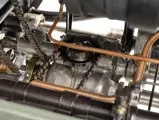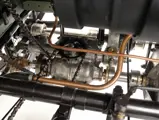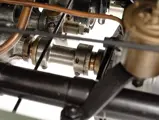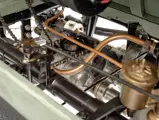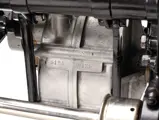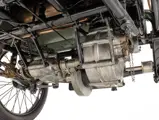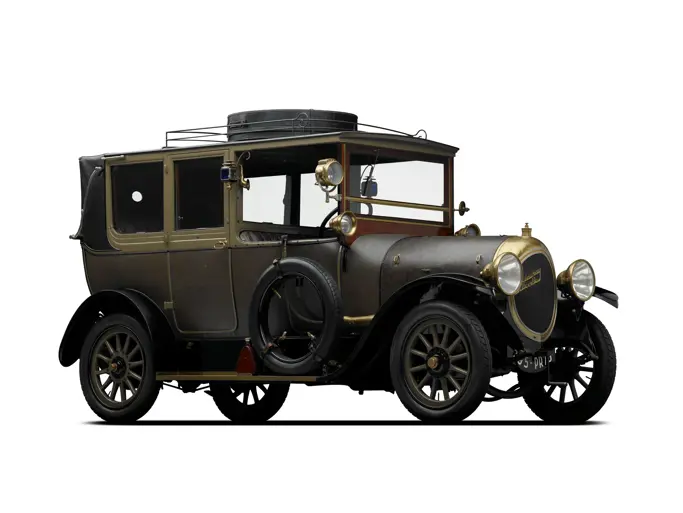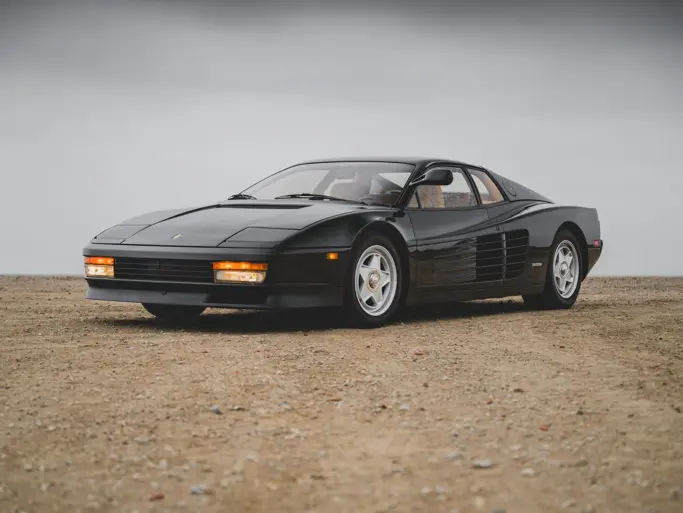
c. 1900 De Dion-Bouton Vis-à-Vis Voiturette
{{lr.item.text}}
£78,200 GBP | Sold
{{bidding.lot.reserveStatusFormatted}}
- French-built Voiturette with Vis-à-Vis seating configuration
- Thought to be one of around 3,000 models built over a four-year production run
- Subject to comprehensive body restoration by Gilbert Warning, which began in 2020
- Eligible for entry in the RM Sotheby’s London to Brighton Veteran Car Run
Until 1899, the French firm De Dion, Bouton et Compagnie produced mostly motorised tricycles, some of which were made into four-wheelers with a two-wheel forecar arrangement. Later that year, the Voiturette was introduced and was a true four-wheel car with a tubular “waisted” chassis frame. The engine, a single-cylinder, 3½-horsepower, 402-cc unit, was located at the rear and drove through a two-speed constant-mesh transmission, with gear changes effected with clutches.
This car became known as the Vis-à-Vis, French for face-to-face, as the two passenger seat benches were placed in an opposing layout. The model is noteworthy for its use of the De Dion rear axle that would inform the design of suspension systems for decades to come, and is still used today. Named for Jules-Albert de Dion, founder of the eponymous automotive manufacturer, the suspension set-up gave superior control of acceleration and braking forces compared to a live axle, while also offering a lower unsprung weight while being cheaper and easier to obtain for constructors.
The Vis-à-Vis Voiturette offered here, chassis 1176, is believed to originate around 1900. Manufactured in the company’s Paris factory (opposed to De Dion-Bouton’s New York concern, with a small quantity of vehicles made under licence in Brooklyn from 1900), the car’s earliest years are not documented. It is believed that before World War II, however, the car was acquired by the Savaré family of Lausanne, Switzerland. Later, in 1947, while Edouard Savaré was only eight years old, the De Dion was presented as a gift from his father. Its last documented period history is a letter from Automobiles De Dion-Bouton, dated January 1948 (available to view on file), informing that parts for the vehicle were no longer made. It is understood that at some point, the engine has been changed to a 4½-horsepower unit.
History of the De Dion-Bouton is then not recorded until 2019, when it was transacted by a Swiss vehicle dealer who sold the car to the Netherlands. One year later, the car was subject to body restoration by Gilbert Warning, with paintwork completed by DC Restorations. The restoration photos can be viewed on file along with Waning’s workshop notes. Since the work was completed, the De Dion participated in the 2021 RM Sotheby’s London to Brighton Veteran Car Run.
The car now presents in restored condition and would be an ideal companion for future entries to the prestigious London to Brighton run.
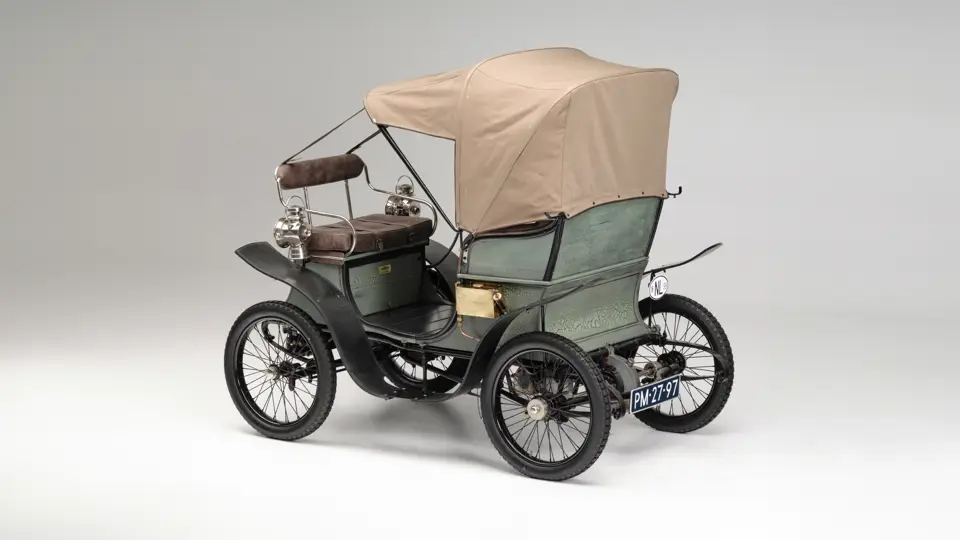



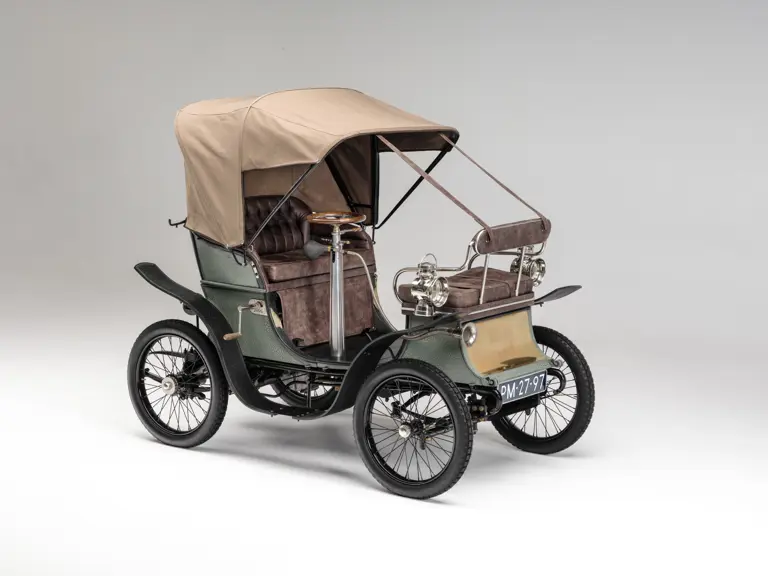
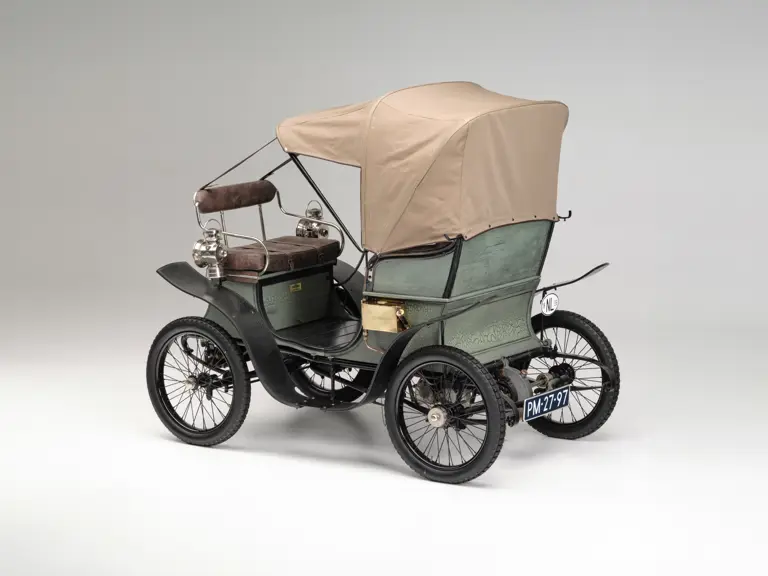

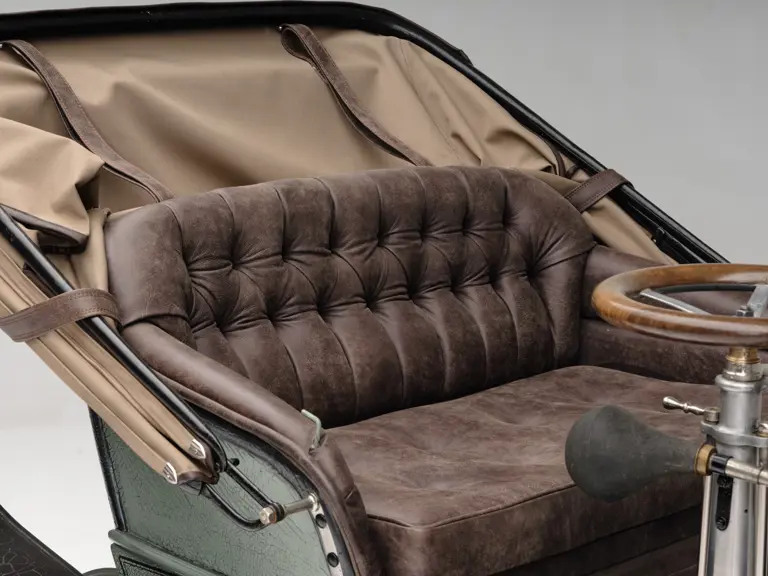


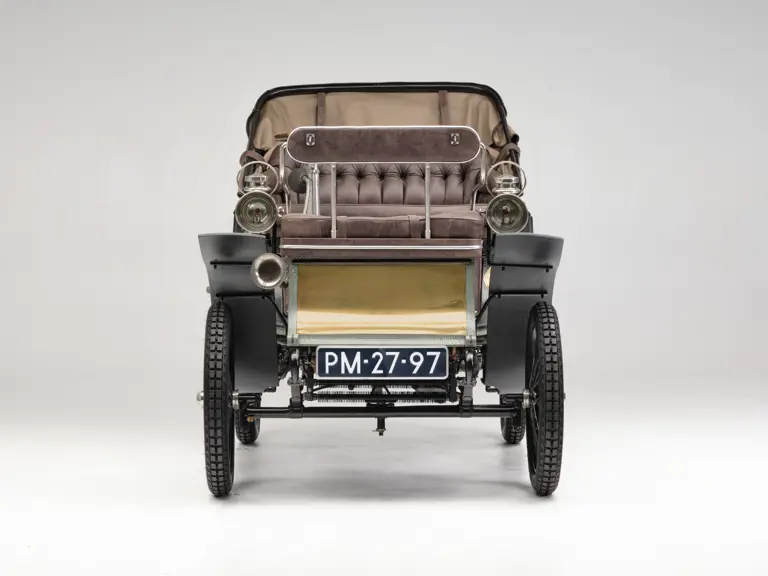
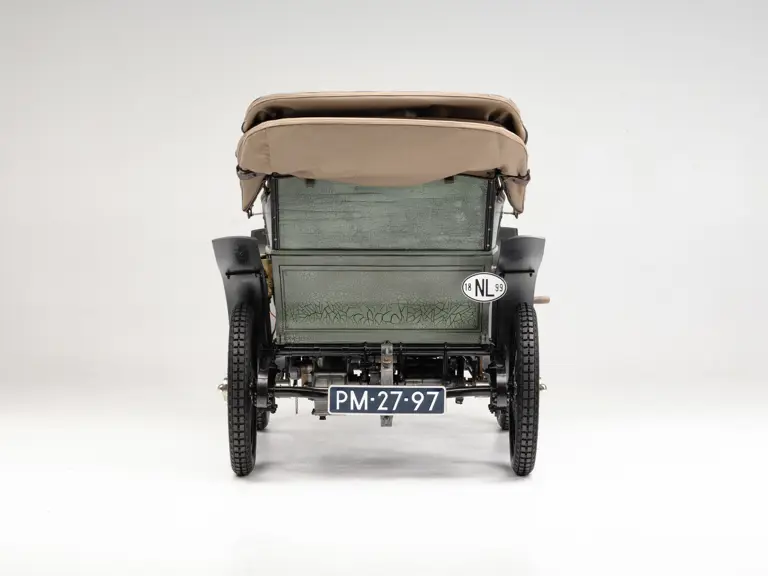



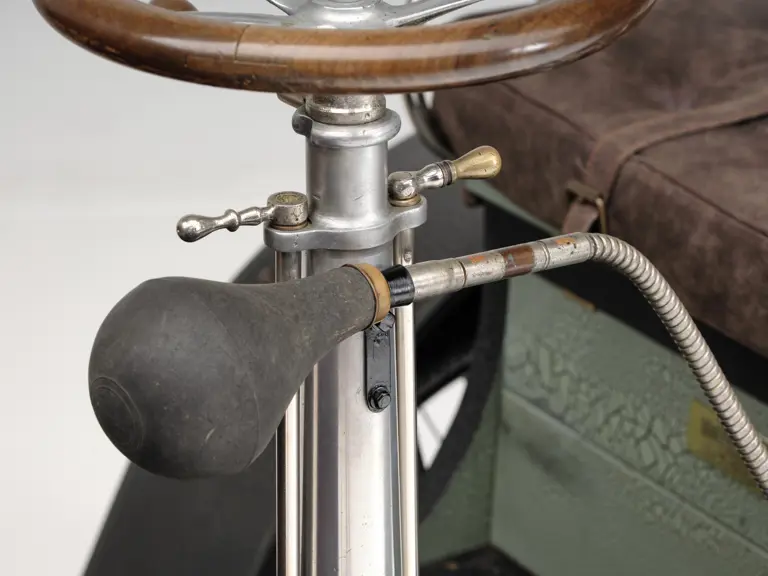
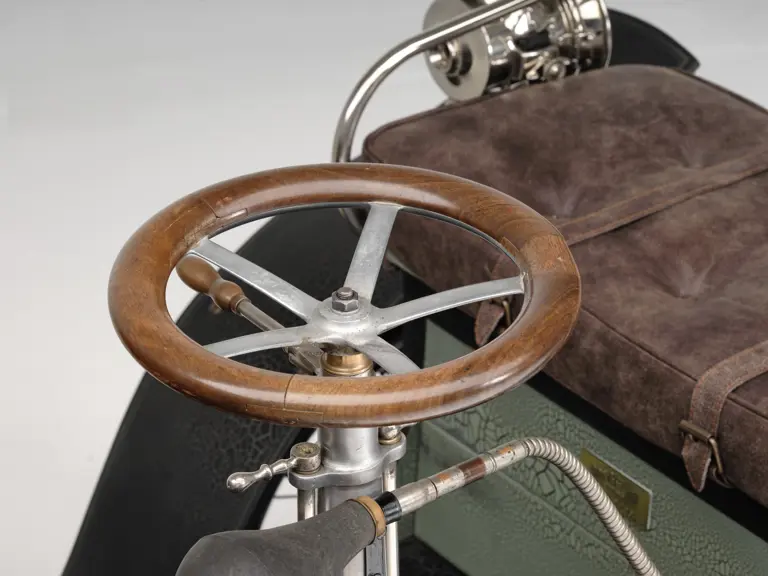


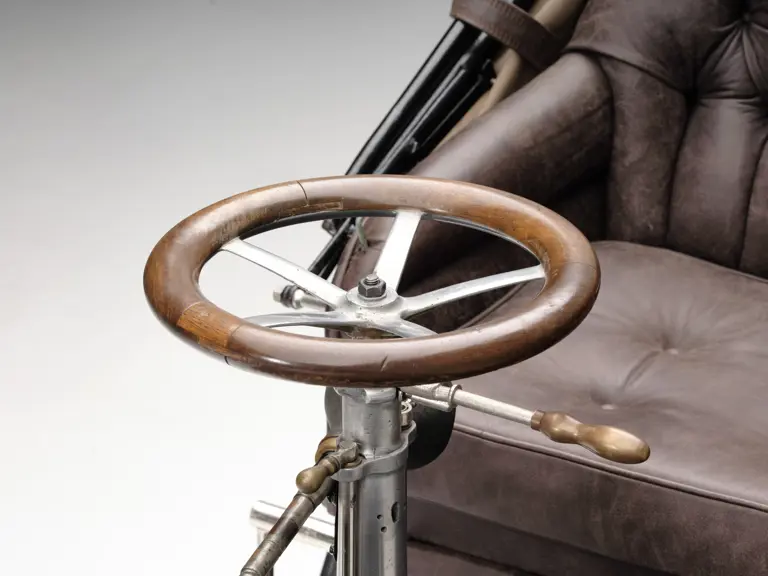
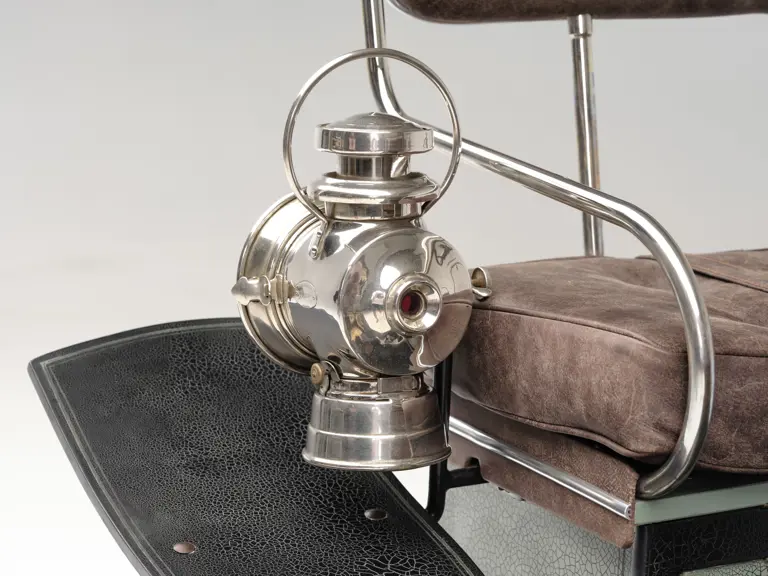
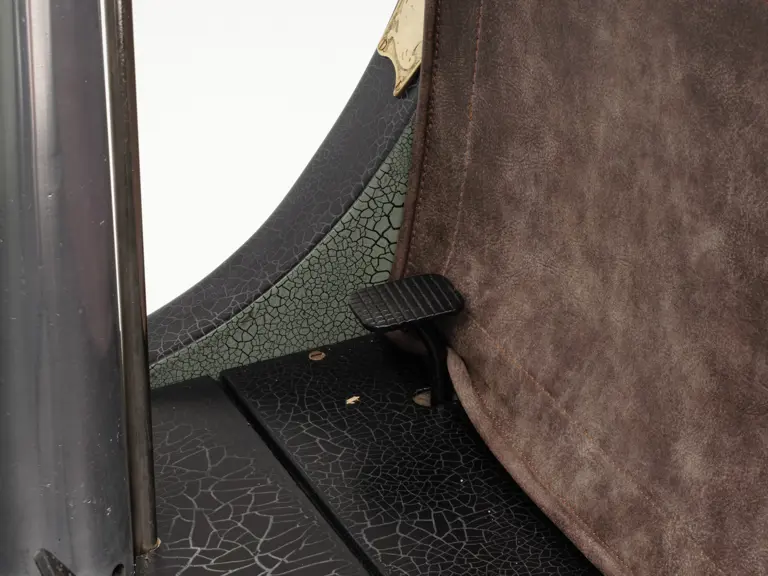
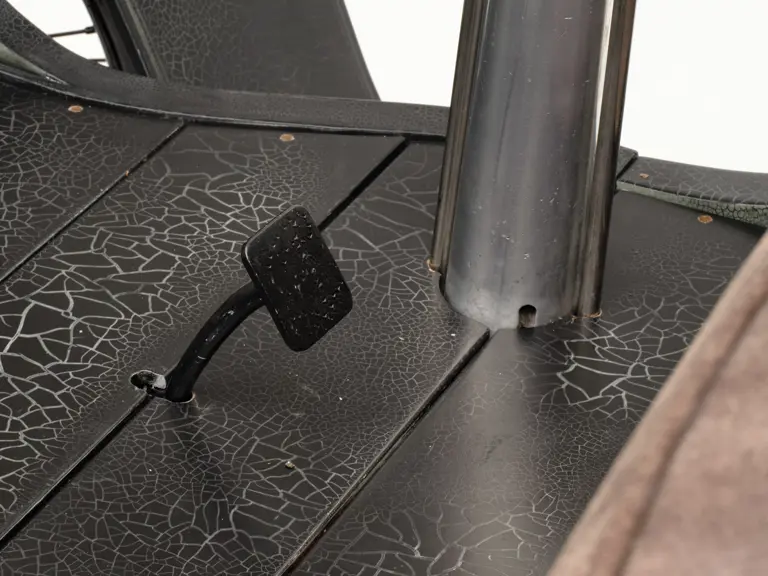
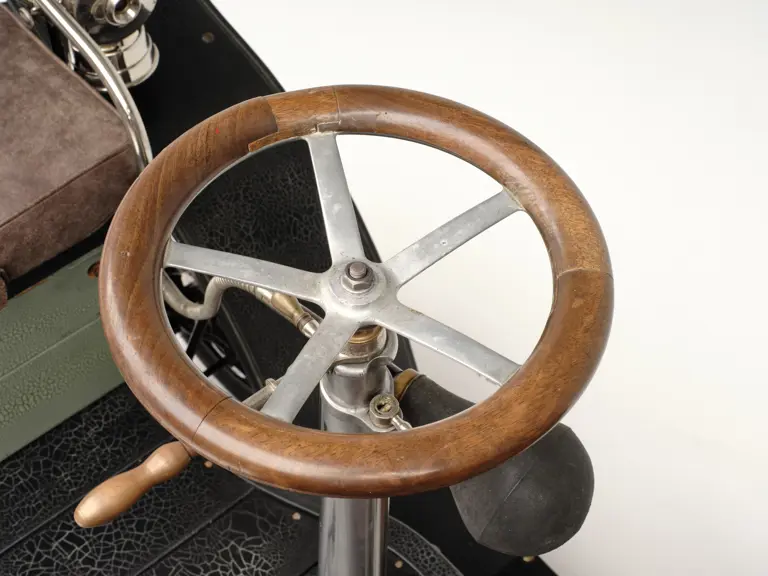

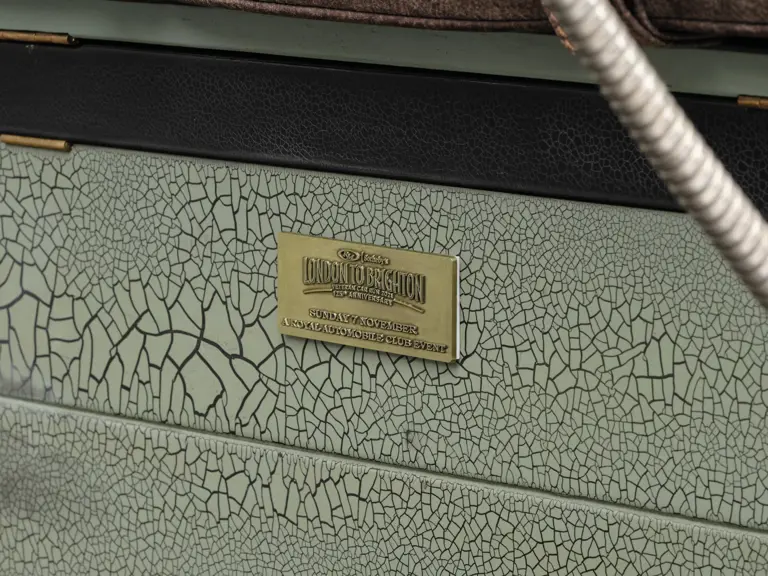

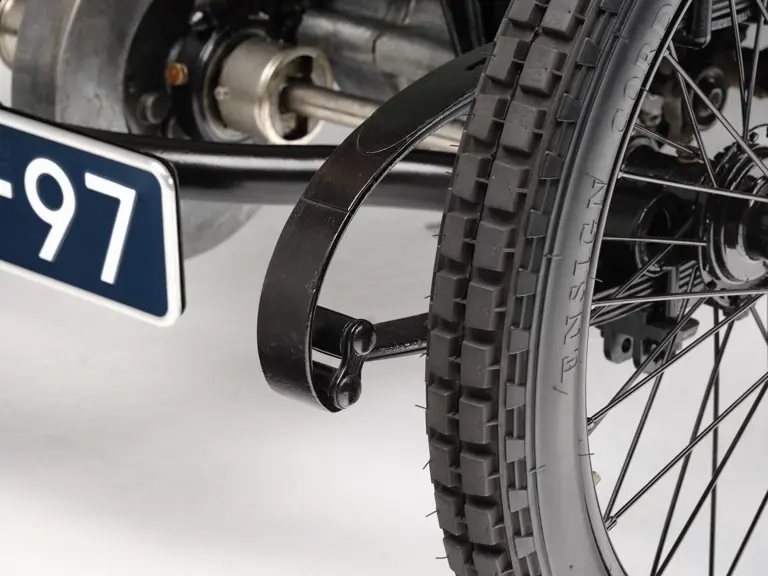
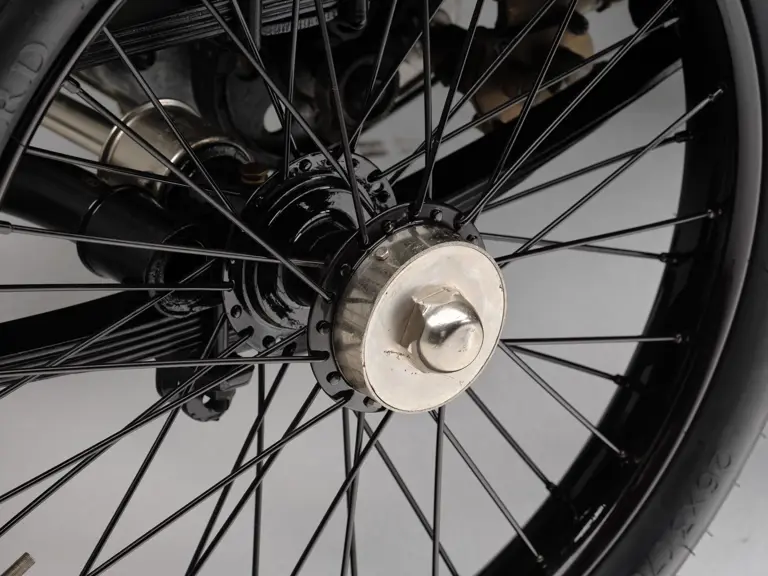
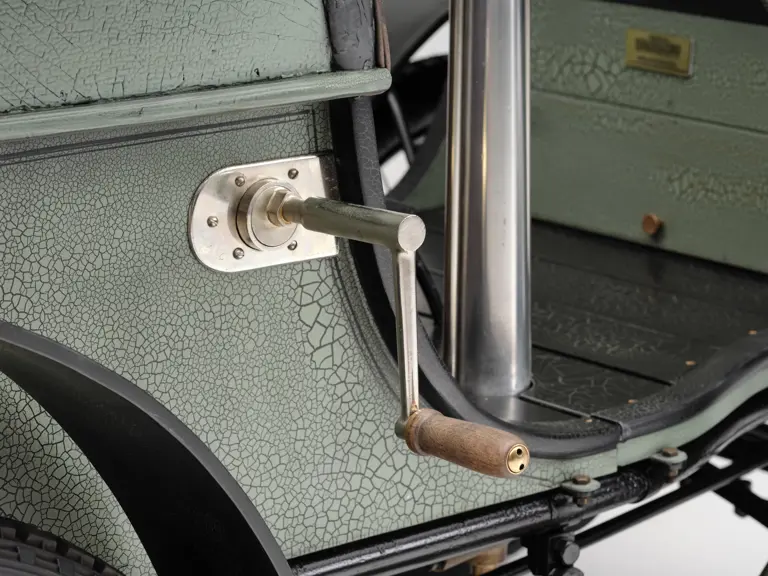




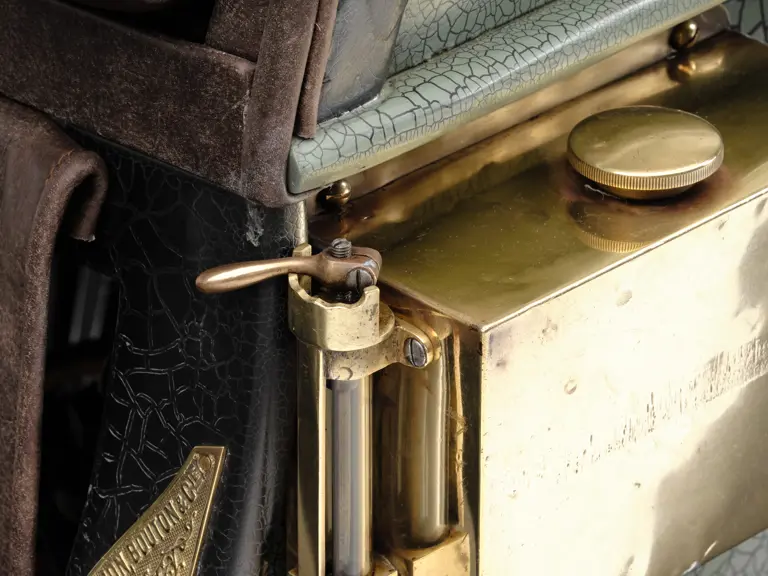



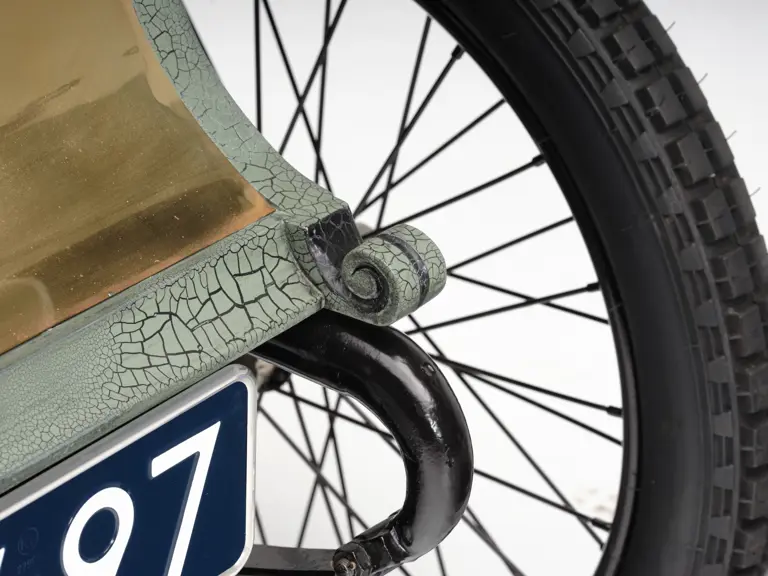

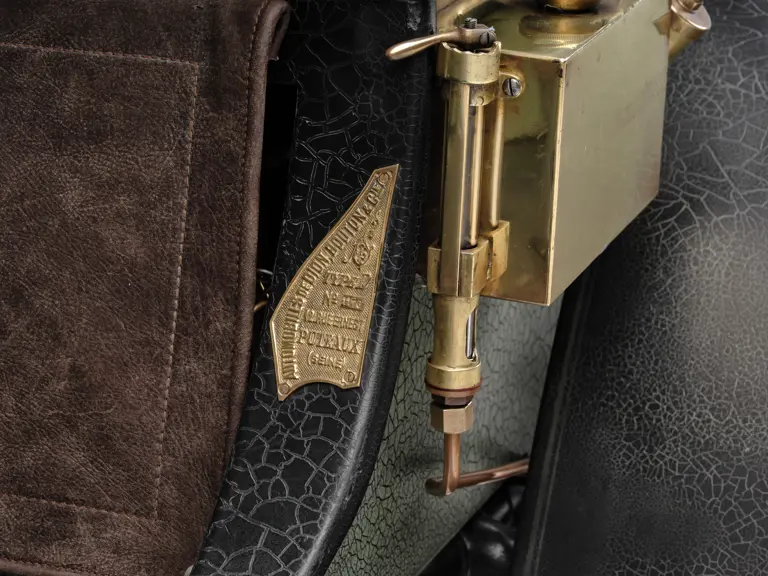
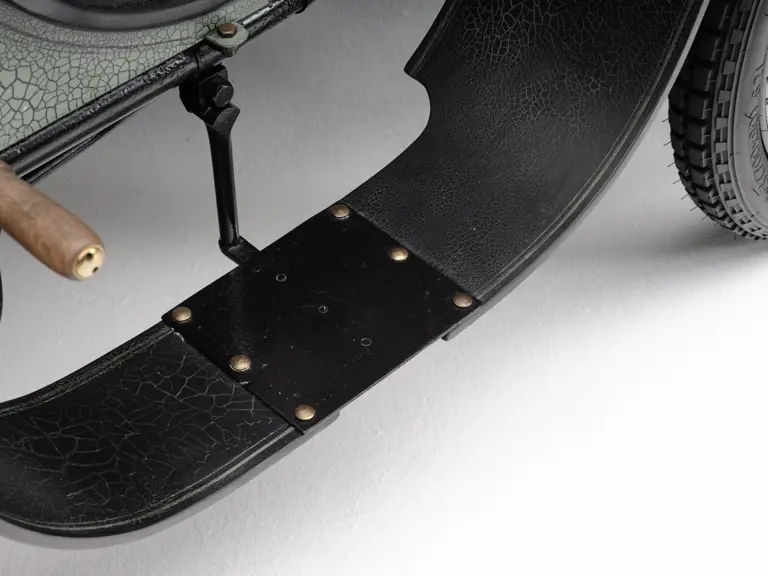

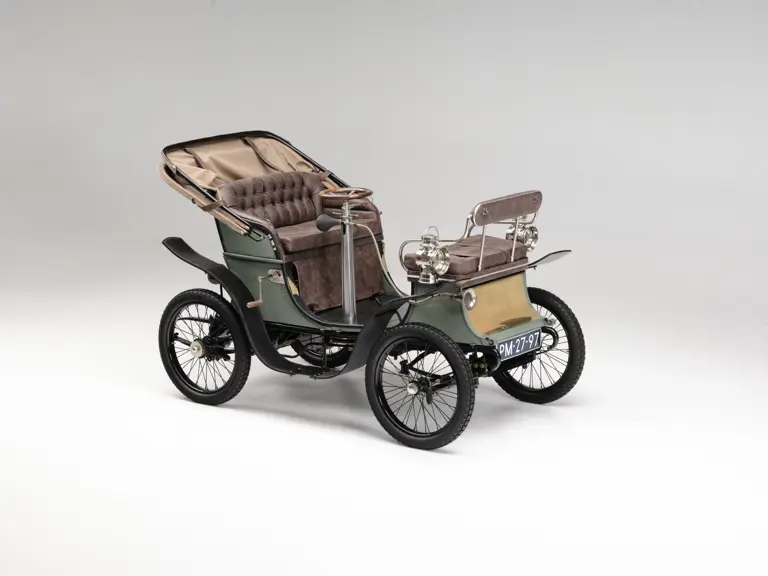
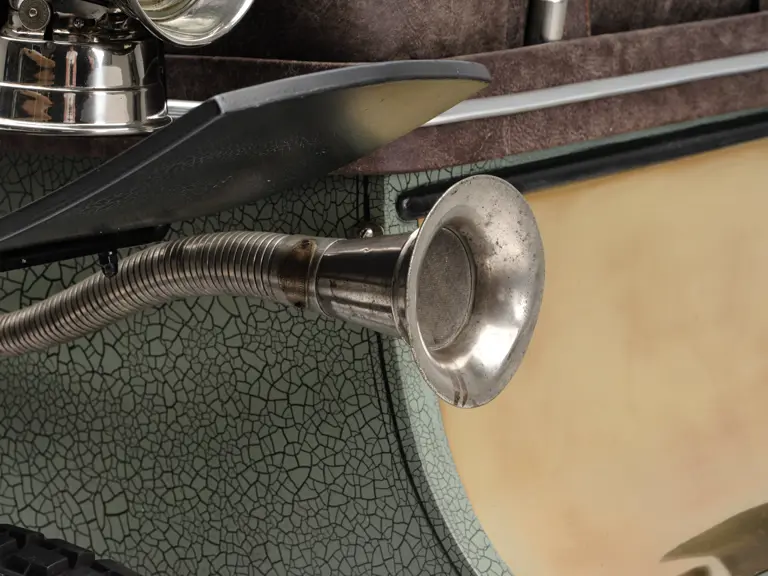
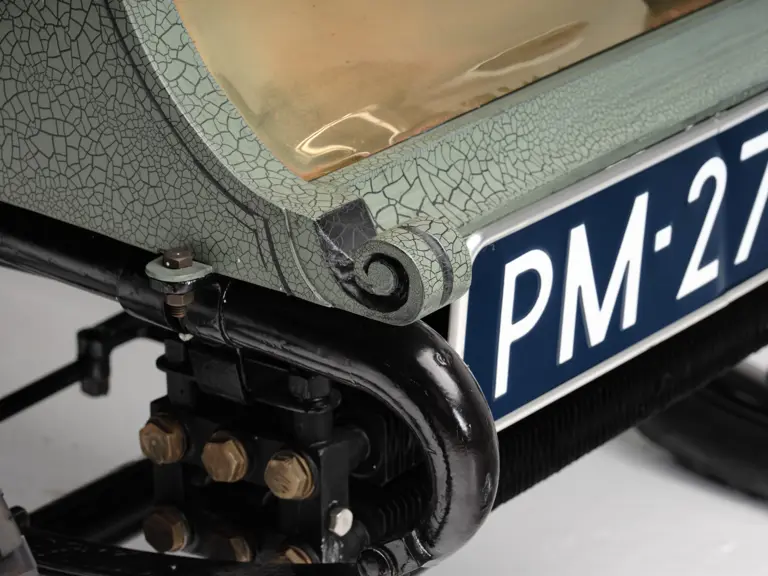
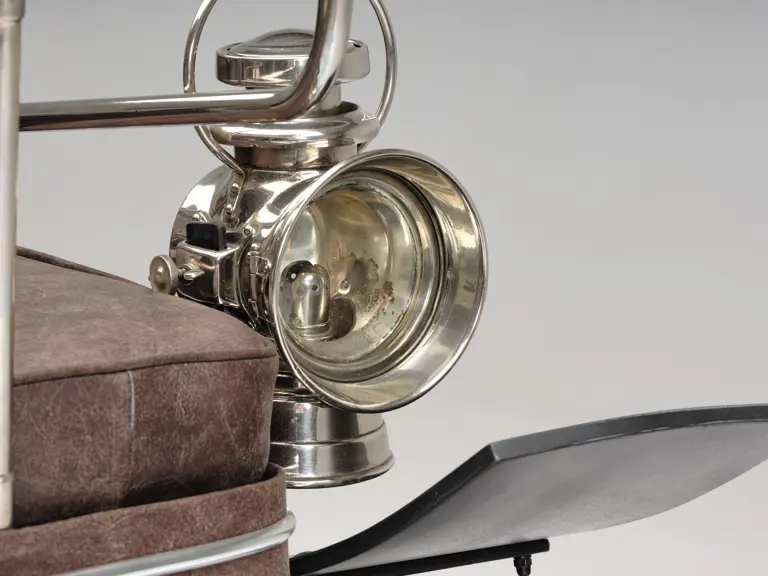
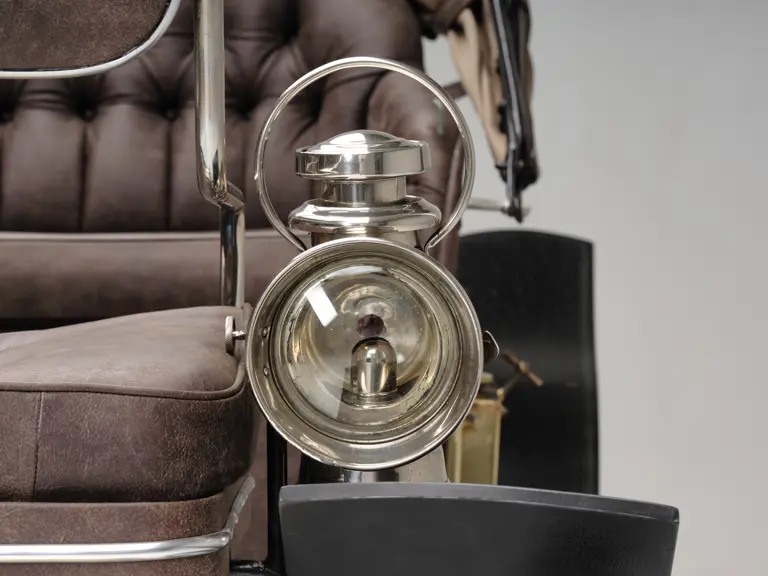

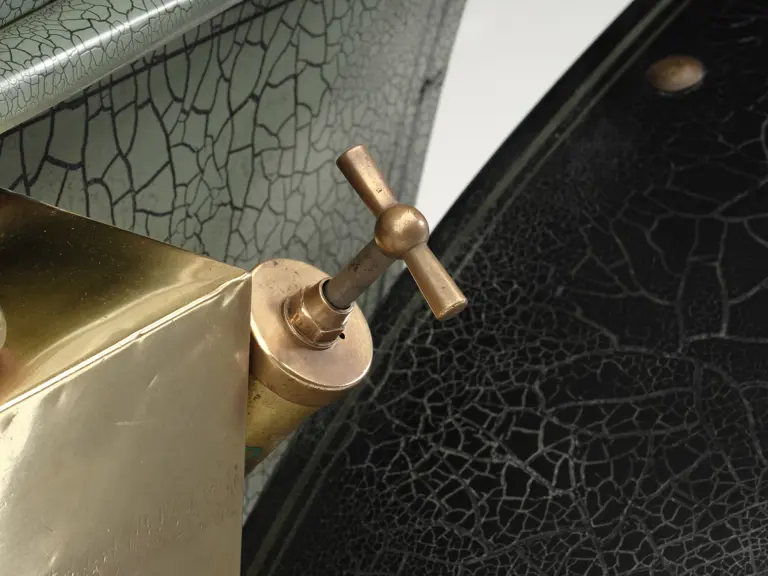

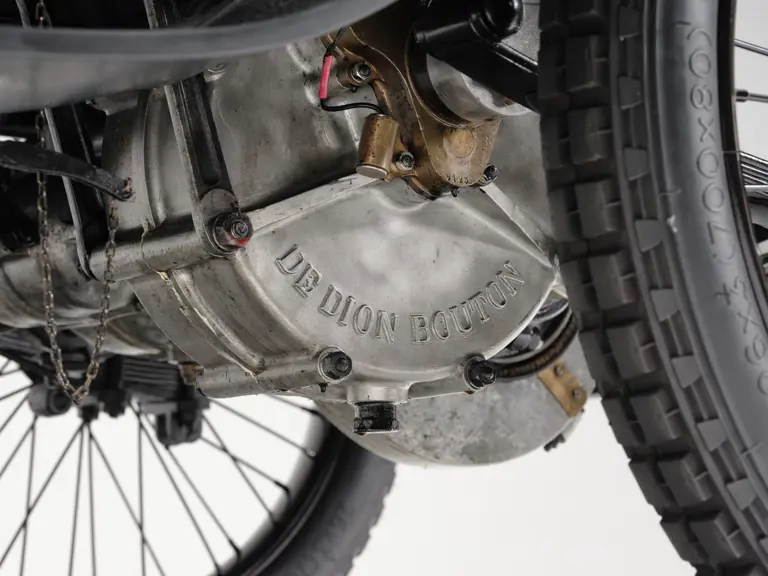

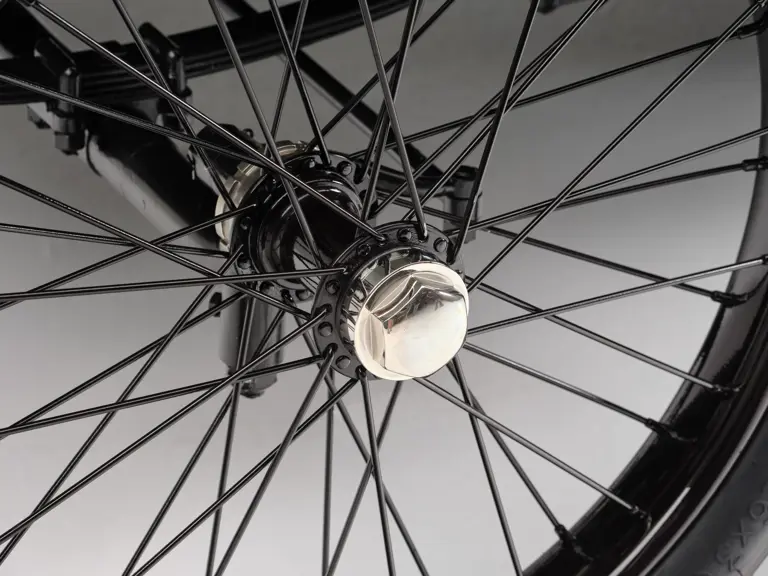
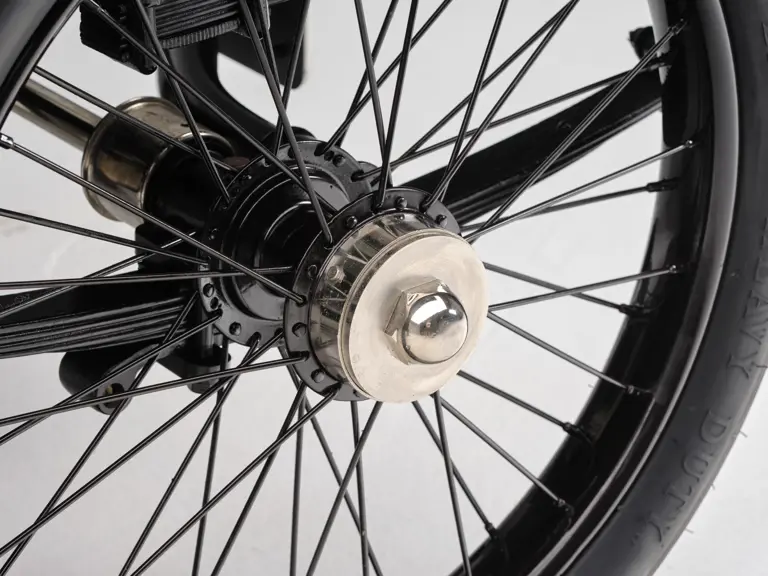
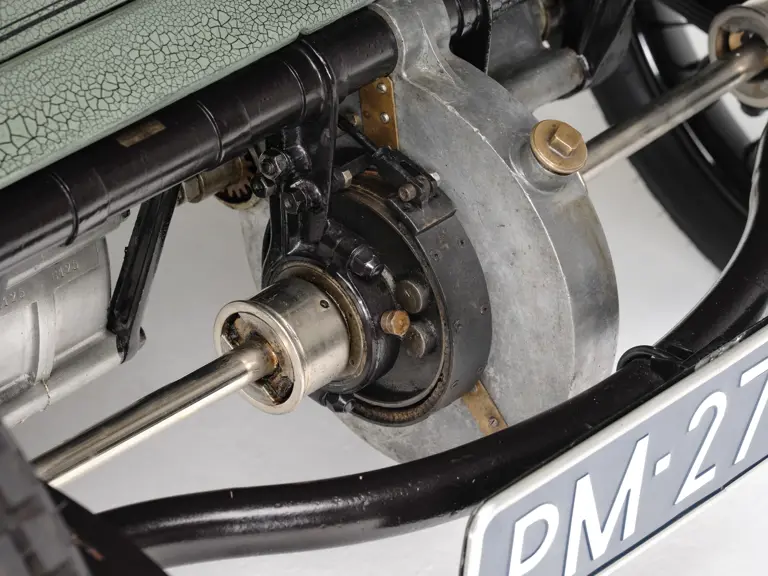


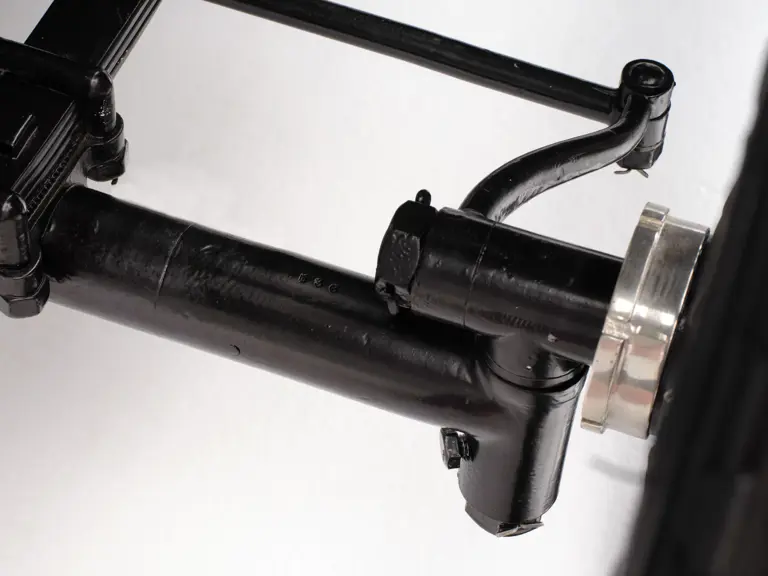
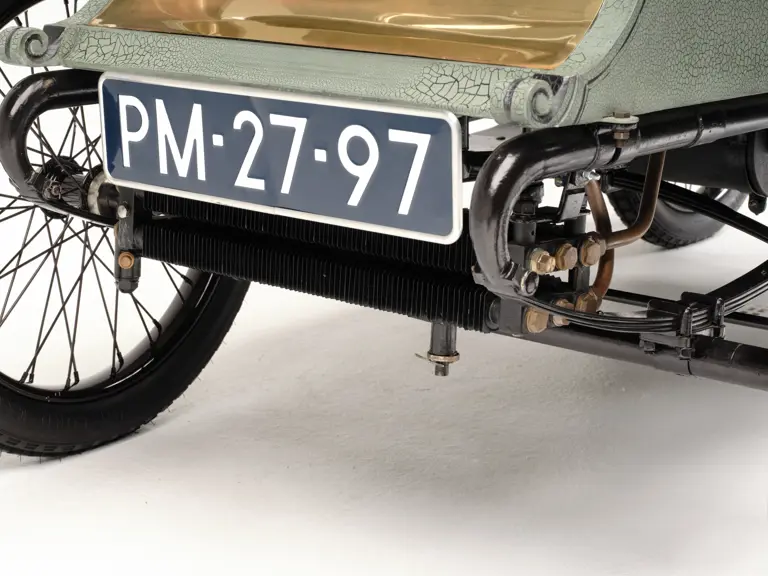
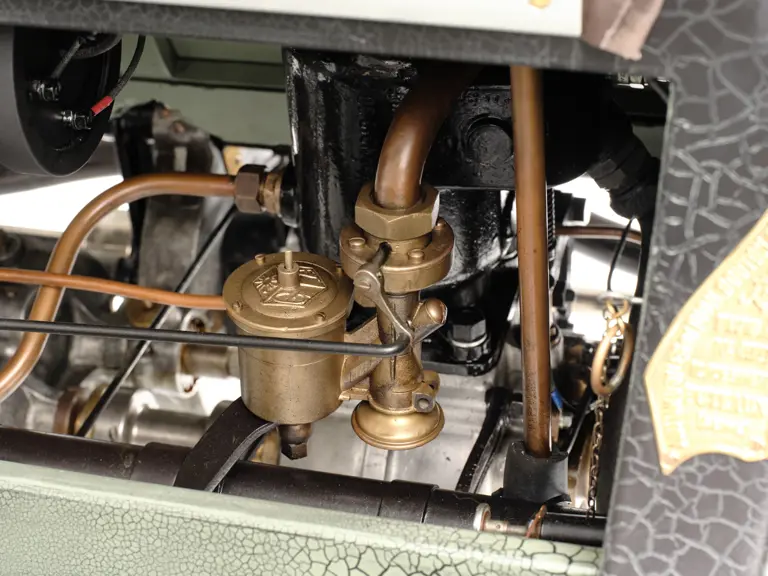



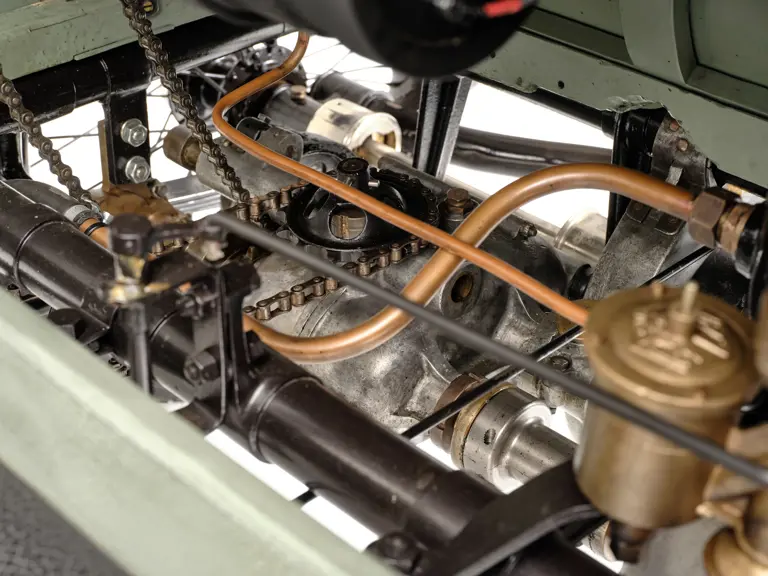



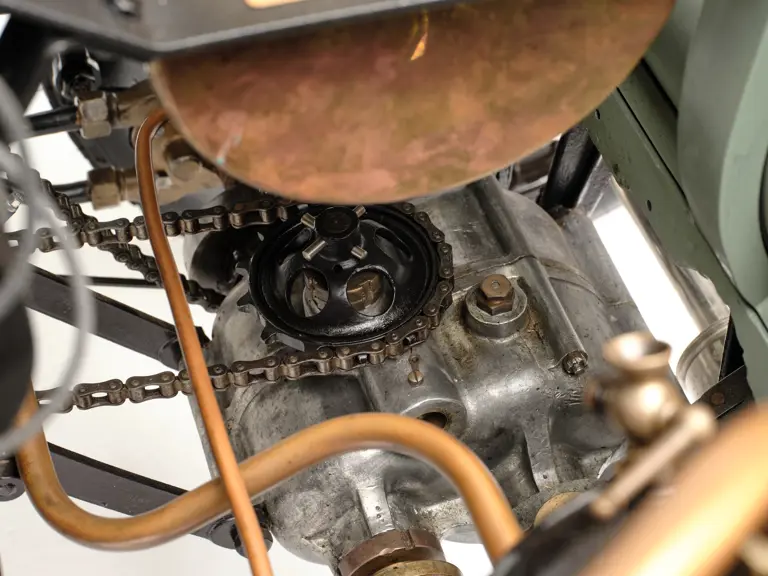

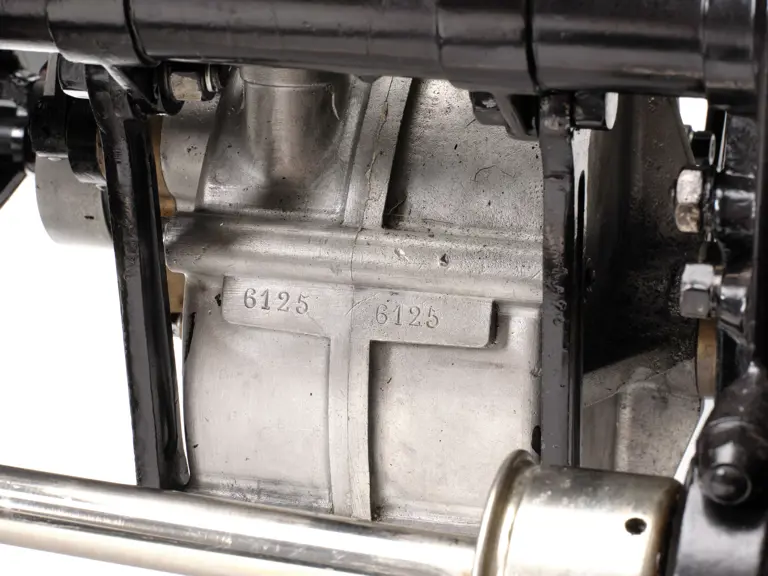
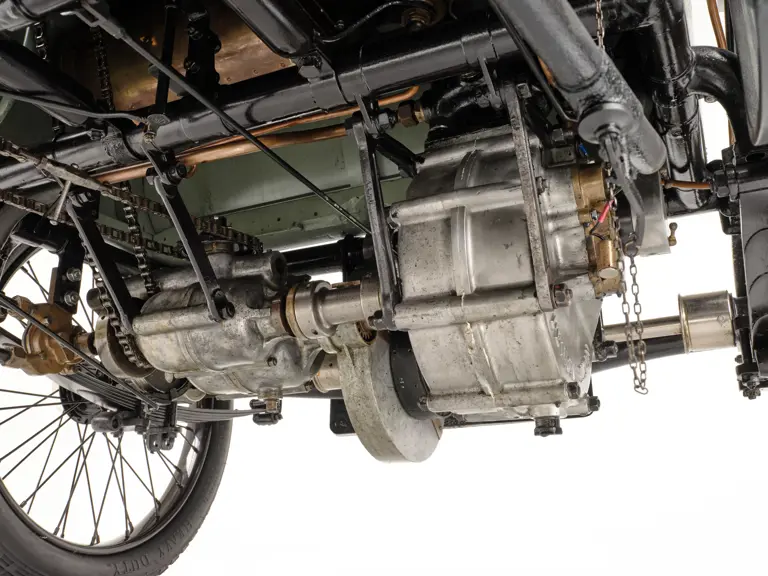
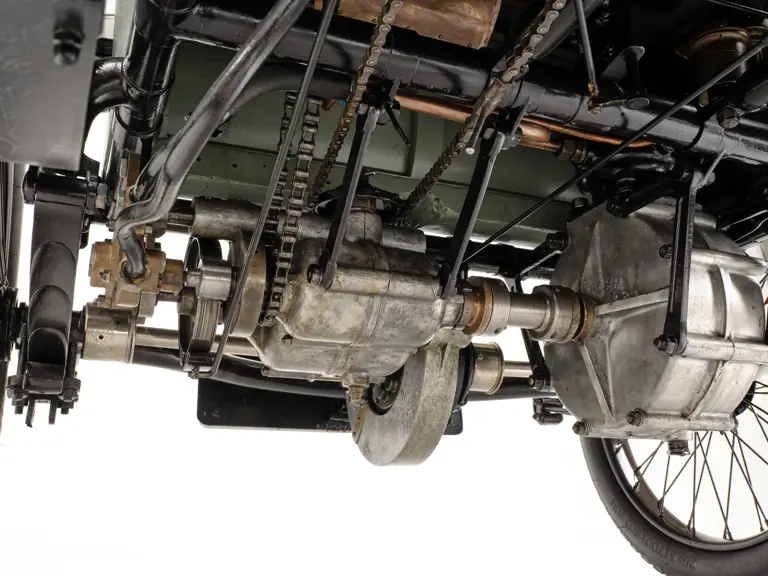
 | London, United Kingdom
| London, United Kingdom
